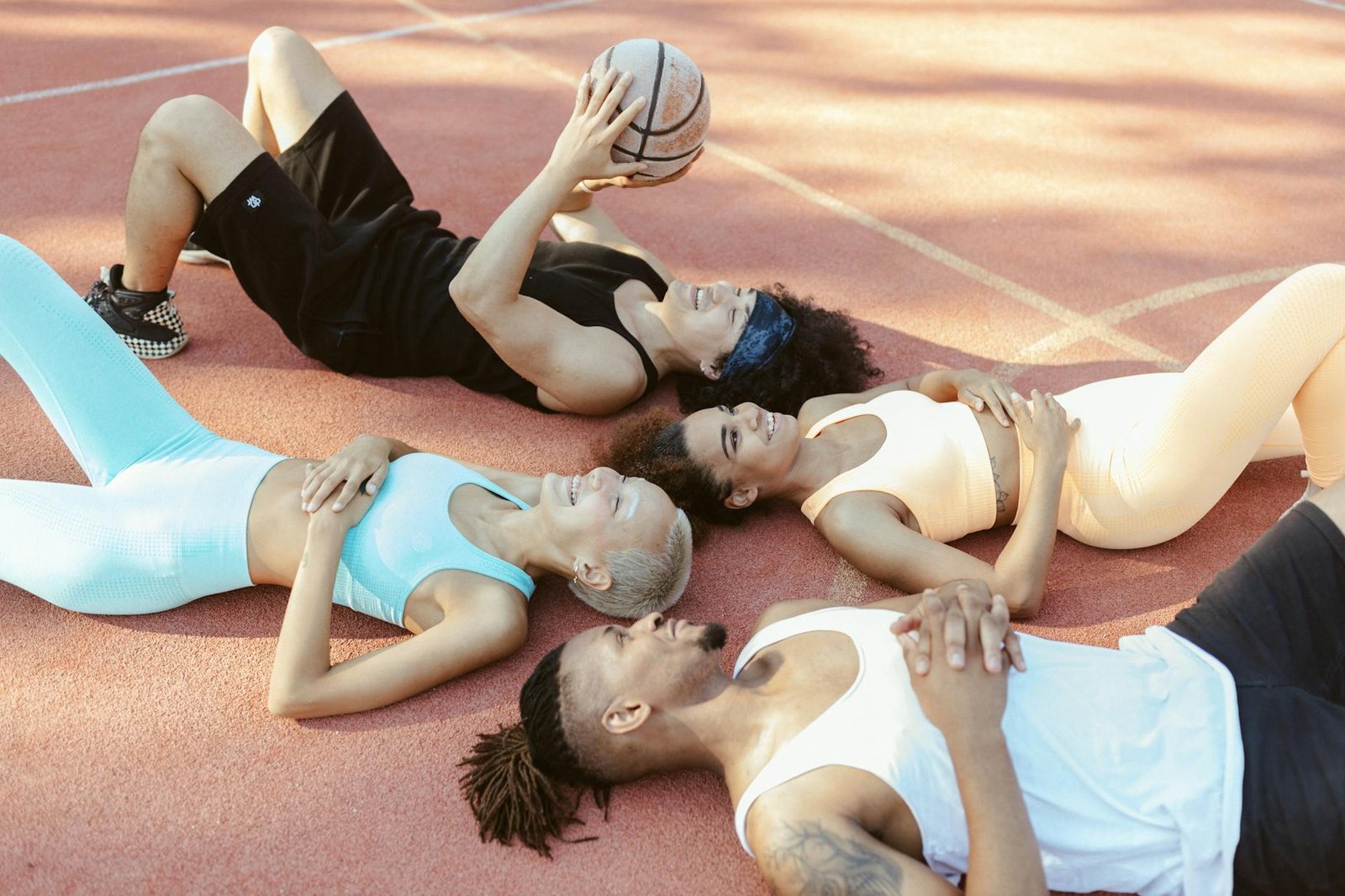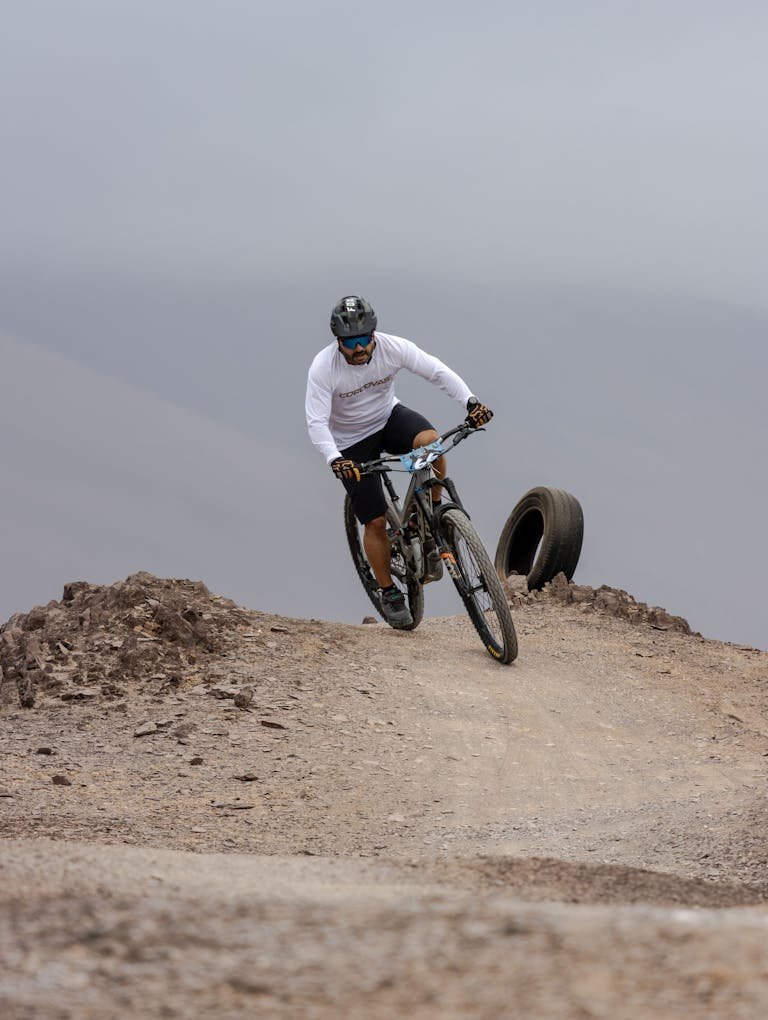Master the Dead Bug Exercise for Core Strength and Stability in 2025
Want to strengthen your core while improving overall stability? The dead bug exercise is a simple yet effective move that targets your core without straining your back! Did you know that it’s one of the safest ways to train your core, making it perfect for all fitness levels? Whether you’re just starting or looking to enhance your workouts, the dead bug can help you build strength, coordination, and injury resilience. Let’s break down everything you need to know to get the most out of this underrated exercise!
How to Perform the Dead Bug Exercise
The dead bug exercise is a foundational core workout designed to strengthen your abs and improve stability. Its name might make you chuckle—it comes from the resemblance of a bug lying on its back, limbs flailing. But this is no joke when it comes to building a rock-solid core.
Rooted in physical therapy and functional fitness, this exercise prioritizes proper form and controlled movement over brute strength. Whether you’re new to fitness or an advanced athlete, the dead bug fits seamlessly into any workout routine.
Why It’s a Must-Try Exercise:
- Builds core strength with minimal strain on your neck and back.
- Teaches coordination by challenging opposite limbs to work simultaneously.
- Ideal for stabilizing the spine, preventing injuries, and rehabilitating existing ones.

Benefits of the Dead Bug Exercise
1. Core Strength Without Strain
Let’s get into it! Unlike traditional crunches, the dead bug reduces strain while isolating the primary abs and the deep-layer core muscles. This makes it perfect for those who want a safe yet effective core workout.
2. Improves Coordination and Balance
By coordinating arm and leg movements, the dead bug challenges your brain and body to sync up, which can improve overall athletic performance.
3. Supports Lower Back Health
Keeping your lower back pressed into the floor throughout the movement teaches proper spinal alignment. Over time, this improves posture and reduces the risk of injuries.
4. Rehab-Friendly Core Training
Its controlled nature makes it a great choice for those recovering from injuries or looking to prevent them. Physical therapists often recommend it to strengthen the core without overloading vulnerable areas.
Step-by-Step Guide:
- Starting Position:
Lie flat on your back on a mat. Bring your knees up so they’re directly above your hips, bent at a 90-degree angle. Lift your arms toward the ceiling, palms facing each other. - Engage Your Core:
Take a deep breath, and as you exhale, press your lower back firmly into the mat. This is your baseline—you don’t want that back lifting at any point. - Begin the Movement:
Slowly extend your right leg toward the floor while simultaneously lowering your left arm overhead. Move slowly and stop if you feel your back lifting off the ground. - Return to Center:
Bring your leg and arm back to the starting position and switch sides. That’s one rep. Aim for 8–12 slow, controlled repetitions per side.
Key Tips for Perfect Form:
- Keep your neck relaxed and focus on keeping your core tight.
- Move slowly to maintain control and prevent momentum from taking over.
- Don’t let your back arch—if it does, reduce the range of motion.

Common Mistakes to Avoid:
- Arching your back: Indicates loss of core engagement.
- Rushing: Fast movements undermine the exercise’s benefits.
- Shallow breathing: Breathe deeply to stay controlled and stable.
Dead Bug Exercise Progressions and Modifications
Beginner Modifications:
- Bent-Knee Dead Bug:
Perform the exercise while keeping your knees slightly closer to your chest for reduced leverage. - One Foot on the Floor:
Keep one foot on the ground for added stability as you move the opposite arm and leg.
Intermediate Variations:
- Resistance Band Dead Bug:
Attach a resistance band to a sturdy surface and hold the band while performing the movement to add extra tension. - Dumbbell Dead Bug:
Hold light dumbbells in each hand to increase resistance for your upper body.
Advanced Challenges:
- Stability Ball Dead Bug:
Place a stability ball between your arms and legs and squeeze it throughout the movement to activate additional muscles. - Weighted Leg Dead Bug:
Strap on ankle weights for more lower-body resistance, but don’t compromise your form.
Muscles Worked in the Dead Bug Exercise
- Primary Movers:
- Rectus Abdominis: Front abs that help flex and stabilize your torso.
- Transverse Abdominis: Deep core muscles that support your spine.
- Secondary Muscles:
- Hip Flexors: Assist with the leg movement.
- Obliques: Activate slightly to maintain control during diagonal movements.
- Support Muscles:
- Lower Back: Helps maintain a neutral spine.
- Shoulders: Stabilize your arms during the movement.
How to Incorporate the Dead Bug Into Your Routine
- As a Warm-Up:
Start your workout with 2–3 sets of dead bugs to activate your core before more intense movements. - Pair It with Other Core Exercises:
Combine with planks or renegade rows for a well-rounded routine. - Example Circuit:
- Dead Bug: 10–12 reps per side.
- Side Plank: 30–60 seconds per side.
- Reverse Crunches: 15–20 reps.

Dead Bug vs. Other Core Exercises
How It Compares:
- Crunches: Dead bugs engage the core with less neck strain.
- Planks: Dead bugs provide dynamic movement, making them less static.
- Leg Raises: They focus on spinal alignment while reducing strain on the lower back.
When to Choose the Dead Bug:
- If you struggle with back pain during traditional core workouts.
- When looking for a low-impact, high-benefit movement.
Wrapping Up
The dead bug exercise is more than just a quirky name—it’s a cornerstone for building core strength, improving stability, and maintaining spinal health. Add it to your routine today for a stronger, healthier core!
The exercise is a core-training superstar that everyone should include in their routine. From improving stability to supporting your back and enhancing coordination, its benefits are unmatched. Peloton also has an excellent article on this topic if you’re interested in more information.
Whether you’re a beginner easing into fitness or an advanced athlete fine-tuning your core, the dead bug is your go-to move. Ready to give it a try? Hit the mat and start building your strongest, most stable core today!







